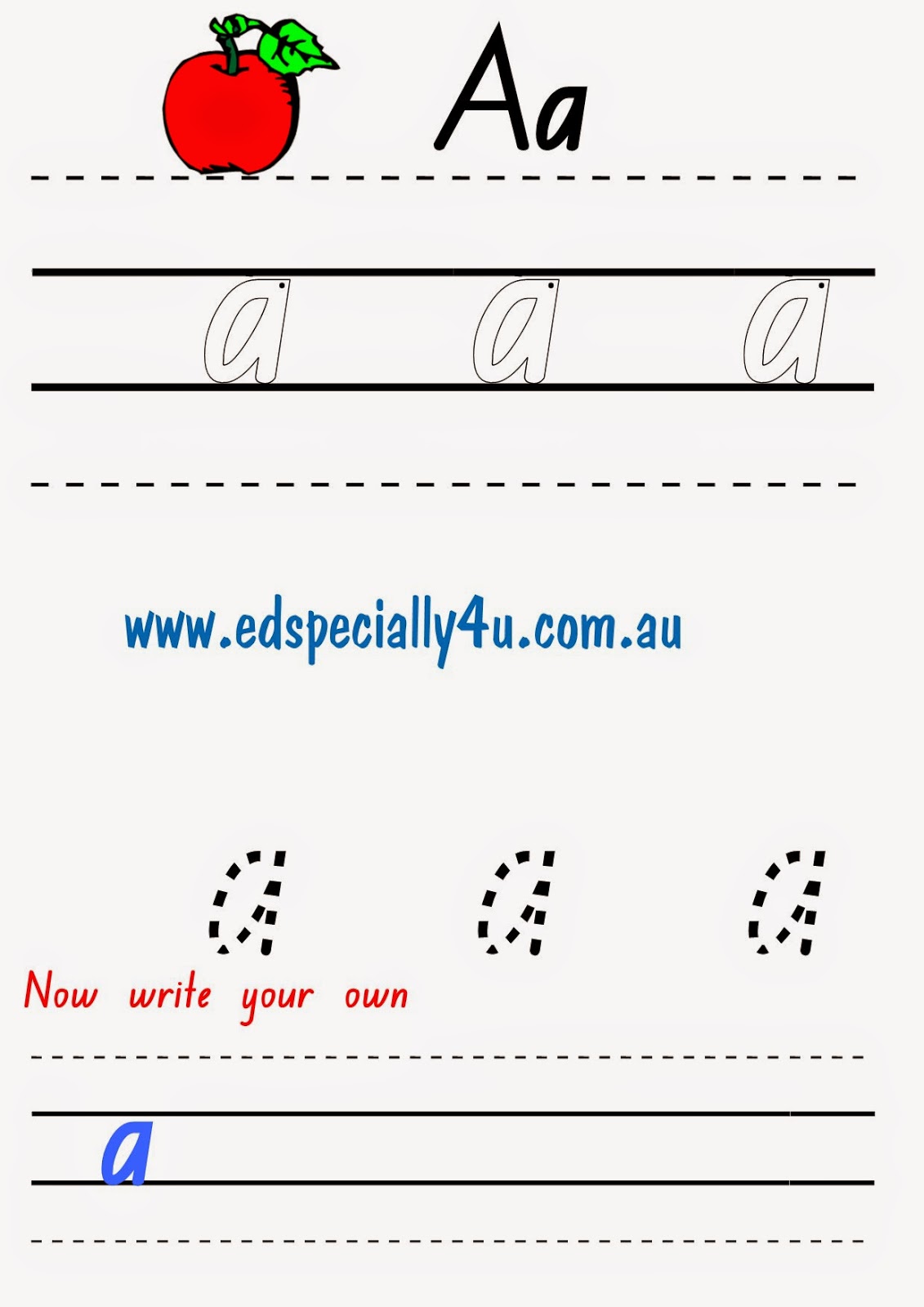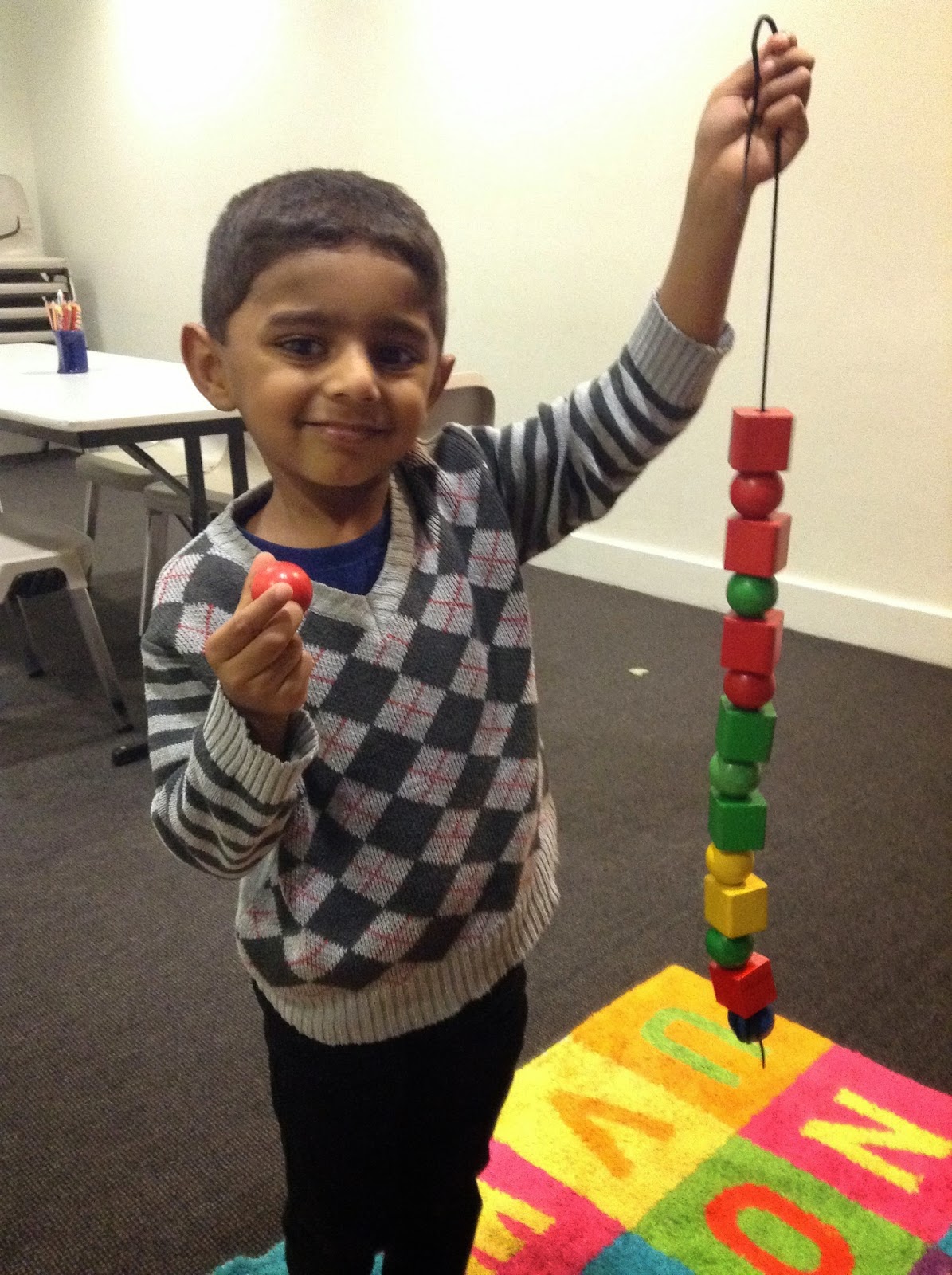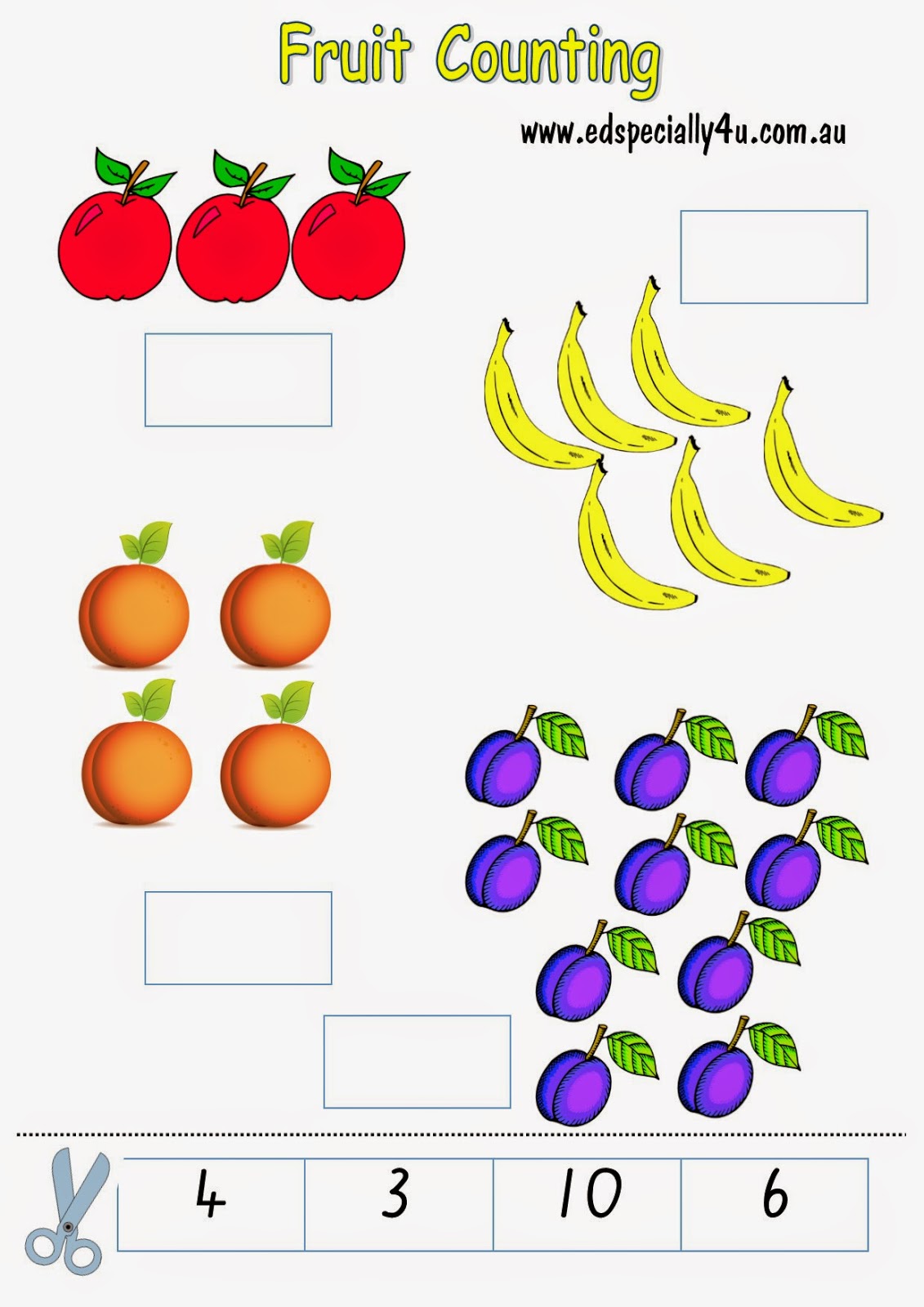This is always our busiest term with many new students joining our classes in preparation for classes or starting school next year.
It is such an exciting term, and the lead up to Christmas is so busy that this term always rushes by too quickly.
Our School Readiness program gives our students exposure to the academic skills they will further develop at BIG school. As always we recommend that you spend some time reinforcing the skills that we have taught each week. Please refer to any of our hand outs and information on the blog, facebook, instagram and pinterest- ED Specially 4U sites. Don't forget to discuss any other academic ideas with your teacher or refer to our website www.edspecially4u.com.au to see other games and resources to reinforce your child's academic learning.
For our students who are heading to BIG school next year, I have compiled a list of other suggestions to develop your child's social and emotional skills in preparation for the exciting times ahead.
1. Orientation: hopefully by now you should have chosen your school and enrolled your child. Part of the enrolment process will include some orientation sessions for your child at their new school. This activity is HIGHLY encouraged. This gives your child the opportunity to see their new surroundings, as well as complete some academic skills in the new classroom. They will also meet some of the teachers at the school including the principal. They will work with other children who will be starting with them next year and will probably have the opportunity for social interaction in a play area at this time. A lot of research and support is given to schools to make the orientation process a successful and interesting process.
2. Social: If your child knows any children starting school with them, make sure you organise 'play date' opportunities for your child. This gives your child additional confidence when they start BIG school.
3. Sport and Activities: think about how you can assist your child to be confident in the playground. From an early age we have taught our children to share and hope they will use these skills with other children at school. Unfortunately the playground can be a very difficult area for our children - even those that have been encouraged socially. After the preschool play area, the school playground can often seem boring with only minimal play equipment to occupy their time. Teach your child how to play games they can use in the playground. Children are creative and will quickly learn new games from their friends, however, learning some games to play can assist them to have a strong start to the school playground
4. School Lunches: Food can be a significant challenge for both parents and children. It is always a challenge to find healthy choices that your child is happy to eat. There are many internet sites that give better detail into healthy food choices, I only want to mention the importance of helping your child to eat their food
- Schools have two different eating times during the day (with some having a third break - crunch and sip for a fruit and water break) Your child needs to recognise which foods they should be eating at the different times of the day. A great way to do this is to find out the times of your future schools' food breaks. For instance, some schools have lunch earlier followed by a later afternoon tea break while other schools have this in reverse. You can practise having food at these times with your child at home. Pre-prepare a lunch box as you would for school. Pack the lunch and recess foods into seperate containers/paper bags/ zip lock bags.
- Don't forget to teach your child to open all of the packaging. If you are going to send pre-packaged foods, also teach your child how to open these. If this is too difficult for your child make sure that you open the packaging for them to take to school - don't forget your child is one of a big group at eating times and teachers do not have time to assist each child with their lunches.
6. Hand Washing: When you start a new school (whether you are a teacher or a student) you are exposed to lots of new germs. Explain to your child how important good hand washing is. Teach your child to wash their hands using soap and hopefully staying healthy as a consequence.
7. School Uniform: Your school will organise a time that you are able to buy your child's uniform. This is a lot of fun for your child. They will love dressing up as a BIG school student. Be organised and enjoy this lovely time with your child.
8. Looking after their own belongings: As every mother of a school child will tell you, school is a constant opportunity to lose your hat, jumper, socks? All of your child's belongings need to be clearly labelled. Your child needs to be able to recognise their own belongings, and you need to teach them strategies for keeping their belongings safe, ie. take your jumper off and place it in your bag.
9. Sleep Routines: A happy, successful day at school can be greatly influenced by the amount of sleep your child has had. It is recommended that children between the ages of 5-12years have approximately 10-11 hours of sleep. If your child is not currently in a good sleep routine, now is the time to encourage this. Your child will work and play very hard at BIG school. It is important they are fully rested to facilitate this.z
10 Morning Routines: A huge cause of stress in households is the morning routine of preparing for school. Believe me! I know this all too well. Assist your child to get ready for school in the mornings by giving them a visual schedule of the morning routines.
This is a practical and easy way to help your child get ready for school.
Make this a laminated board or place it into a clear plastic sleeve, then use a whiteboard marker. As each activity is completed, your child can place a cross through the visual representation. Everyone enjoys that feeling of crossing off a list - and this way your child can do it each time they complete a task. Whiteboard markers can be rubbed off at the end of the day, ready for the next morning's organisation.
If you would like to customise your own morning routine board here is the display board:
Use the routine cards included her to either cut each one out seperately and attach to your display board in a sequence that best suits your family or make your own graphic cards using the blank templates to include other activities in your morning routine.
You can attach the cards to the display board by glue before you laminate the display board or laminate each seperately and attach to the laminated base board with blu tack/velcro to allow flexibility in your daily routine.
Term 4 disappears very quickly. Make sure you enjoy every precious moment with your child before they go to school. This is a special time for you both.
For the Love of Learning
Donna





.bmp)























.jpeg)


























 (photo from the product)
(photo from the product)
